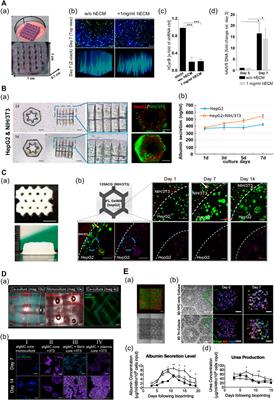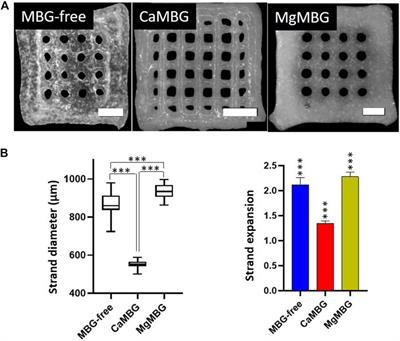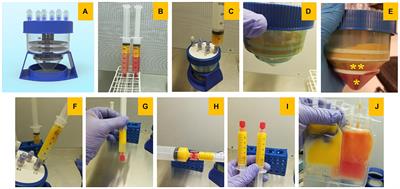REVIEW
Published on 11 Oct 2022
Silylated biomolecules: Versatile components for bioinks

doi 10.3389/fbioe.2022.888437
- 2,027 views
- 5 citations
5,581
Total downloads
23k
Total views and downloads
You will be redirected to our submission process.
REVIEW
Published on 11 Oct 2022

REVIEW
Published on 14 Feb 2022

ORIGINAL RESEARCH
Published on 11 Jan 2022

BRIEF RESEARCH REPORT
Published on 03 Dec 2021

ORIGINAL RESEARCH
Published on 27 Jul 2021

